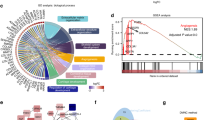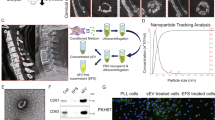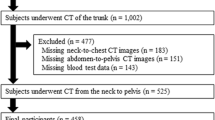Abstract
Study design: Serum levels of carboxyterminal propeptide of type I collagen (PICP), osteocalcin (OC), carboxyterminal telopeptide of type I collagen (ICTP) and urinary levels of pyridinoline (Pyr) and deoxypyridinoline (Dpyr) were measured in patients with ossification of posterior longitudinal ligament of the spine (OPLL) and age-matched control subjects.
Objectives: To evaluate the efficacy of these biochemical markers of the patients with OPLL.
Setting: Department of Orthopedic Surgery, Hamamatsu University School of Medicine, Hamamatsu, Japan.
Methods: Spot urine and blood samples were obtained from 20 healthy males aged 45–78 (mean±SD; 63.0±11.5) and 22 male patients with OPLL aged 46–77 (mean±SD; 59.9±8.8), and serum levels of PICP, OC, ICTP and urinary levels of Pyr and Dpyr were measured.
Results: There were no significant difference in age, serum PICP, OC, ICTP, urinary Pyr and Dpyr levels between OPLL and control group.
Conclusion: Neither bone formation nor bone resorption was accelerated in the patients with OPLL.
Spinal Cord (2000) 38, 211–213
Similar content being viewed by others
Log in or create a free account to read this content
Gain free access to this article, as well as selected content from this journal and more on nature.com
or
Author information
Authors and Affiliations
Rights and permissions
About this article
Cite this article
Ishihara, C., Kushida, K., Takahashi, M. et al. The efficacy of biochemical markers in patients with ossification of posterior longitudinal ligament of the spine. Spinal Cord 38, 211–213 (2000). https://doi.org/10.1038/sj.sc.3100989
Published:
Issue date:
DOI: https://doi.org/10.1038/sj.sc.3100989
Keywords
This article is cited by
-
Correlation of blood bone turnover biomarkers and Wnt signaling antagonists with AS, DISH, OPLL, and OYL
BMC Musculoskeletal Disorders (2017)
-
Circulating sclerostin and dickkopf-1 levels in ossification of the posterior longitudinal ligament of the spine
Journal of Bone and Mineral Metabolism (2016)



